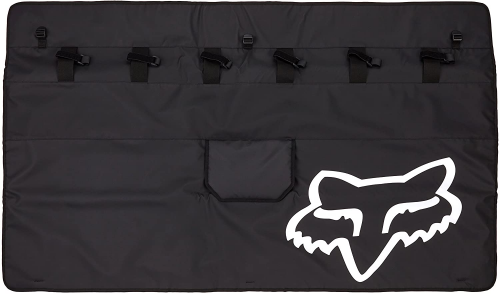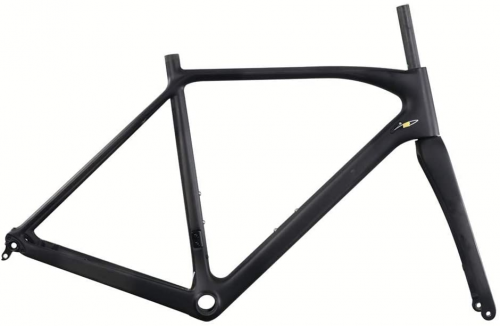FTC Disclosure:This post contains affiliate links.We’re independently supported by our readers and we may earn a commission when you buy through our links.
Table of Contents
All You Need to Know About BMX Frames
The great majority of freestyle, park, and street BMX frames are composed of steel, which is agile enough to perform tricks in the air yet robust enough to withstand the damage of hard landings on concrete.
Upper-end BMX frames are available in 4130 Chromoly steel, a chrome-molybdenum combination that is lightweight and robust, with a soft sensation that veteran riders enjoy. Budget frames are often composed of high-tensile steel, which is strong enough to withstand the rigors of BMX riding but a bit heavier than Chromoly steel and has a rougher ride feel.
Racing frames for some BMX events are constructed from aluminum or carbon fiber and designed with speed rather than durability. While non-racers favor steel for their structures, racers tend to favor aluminum.
The Right Choice for You:
The BMX frame you select will be according to the sort of cycling you perform. Structures are available in three types: racing, freestyle/street, and cruiser.
Race frames are designed for Athlete track racing and are lower in weight to increase speed. They are unsuitable for stunts or heavy collisions on concrete.
Freestyle/street frames can do various activities, such as skate riding, vertical ramp riding, and dirt jumping. Some flatland-style street frames are more basic and operate without brakes, and they usually offer more maneuverability.
Cruiser frames are more extensive than regular BMX frames and are available to accommodate 24″ wheels.
In-depth analysis:
If you want an in-depth analysis of BMX frames, there are several factors you must keep in mind, which are:
- Size
- Geometry
Size:
BMX frames are present in length. The most common frame size for street, ramp, and dirt jumping is a 21′′ top tube, allowing airborne riders to swing the bike underneath them. Flatland BMX bikes feature shorter frames for better grip and balance since riders perform tricks and feats on flat ground with no barriers or ramps.
Taller/shorter riders, on the other hand, may select longer/shorter frames based on their preferences.
Geometry:
Variations in BMX frame geometry, like differences in other bike frames, will impact the bike’s handling. Along with top tube length, other critical factors to consider are seat tube angle, head tube angle, and chainstay length.
- The steering response is primarily affected by the head tube angle, with a steeper head tube angle putting the rider on the bike’s front end for more excellent steering. A lower head angle positions the rider further back on the bike, improving stability and handling at high speeds. Frames for street, freestyle, and skilled riding will often have higher head angles, whereas frames for the park, dirt jumping, and racing would have slacker ones.
- Seat tube angles range from 65 to 70 degrees, with a slacker angle lengthening the top tube for added stability. As with head tube angle, steep means technical sharpness, slack equates speed stability – most riders will have to discover their right fit between the two.
Shorter chainstays and a significantly shorter wheelbase make it simpler to jump up on the back wheels for manual tricks. Long chainstays together with a pretty long wheelbase help with accelerating stability. Again, technical street riders like small, quick bikes, but racers and jumpers want a larger wheelbase for speed stability and security.












